Editing is a process of leaving ‘holes, spaces between and gaps’. Jeremy Bowtell suggests that deep engagement comes from the audience having to do the work for themselves, especially in relation to film narrative or key elements of the plot. You can see the effect of this more extremely in works like Donnie Darko, Mulholland Drive or Inception, where the film gets to live on within online realms for years after its release simply due to clever narrative ambiguity.
Creating meaning is also a key element of the editing process; editors manipulate the content to steer the audience in a particular direction simultaneously encouraging viewers to complete the argument in their head. Eisenstein, a soviet filmmaker of the 1920’s was a pioneer in the theory and practice of montage and juxtaposition. He believed that films should be “a tendentious (argumentative) selection and juxtaposition”, thus influencing the audience in a desired direction. Most films do in fact seek to string the audience along a particular line of reasoning as it’s one of the main facets of narrative film, it’s just that they throw enough confounding material in to make you believe you had to conduce it for yourself.
Edward Dmytryk, a Canadian-born American film director, who is known for his 1940’s film noir’s believed that you should never make a cut without a positive reason. He believed that if unsure about the exact frame to cut on, you should always cut long rather than short. Bowtell states that to cut short is often to obvious and startling to the viewer, thus making longer shots preferential. Dmytryk also believes that filmmakers should prioritise substance over form; think about what you are trying to say, rather than how you are going to say it. It’s easy to get caught up in form, but ultimately form alone won’t make a great film.
Walter Murch, an American film editor and sound designer focuses on three key elements in regards to editing: emotion, story and rhythm.
- Emotion: Does the cut reflect what the editor believes the audience should be feeling at that moment?
- Story: Does the cut advance the story?
- Rhythm: Does the cut occur at a moment that is rhythmically interesting and ‘?right?’?
The three key elements mentioned above can be seen in the scene from Martin Scorsese’s ‘Casino’ edited by Thelma Schoonmaker called ‘When Sam Meets Ginger’. The scene shows the casino manager Sam (Robert De Niro) as he is first introduced to Ginger (Sharon Stone). Within the scene juxtaposition occurs between the chaos of the chips flying and the statuesque Sam and his face as he watches, the chaos caused by the blonde bombshell Ginger.
In terms of emotion: A love story has blossomed by the time De Niro has gotten to the casino floor.
In terms of advancing the story: There is no dialogue, but all of the story is told through Sam and Gingers eye-contact and the timing of these edits; cutting long rather than short.
In terms of rhythm: The scene flows through a series of high intensity, excessively energetic shots with various jazz, blues and 50’s pop soundtracks, to completely still shots comprising no audio at all, leading up to a crescendo as the couple first meet.
This scene alone, was enough to make me fall in love with the film Casino, which is a testament to the power of editing, without great editing a film can fall flat on it’s face. However editors like Thelma Schoonmaker are often the unsung heroes of the film industry, firmly placed behind the scenes, but times they-are-a-changing…
Catch you later, Louise Alice Wilson


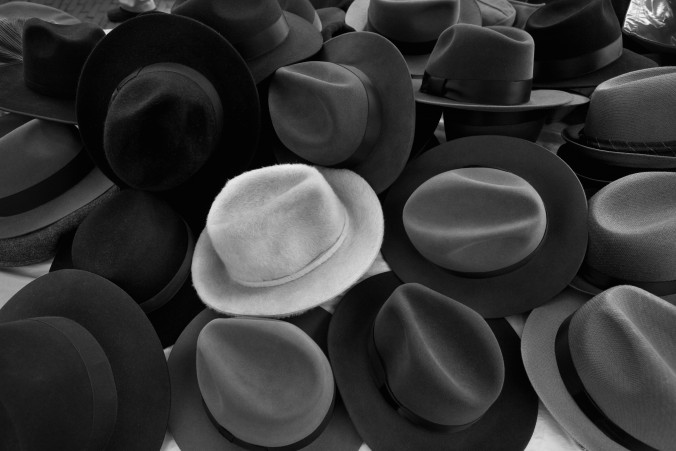

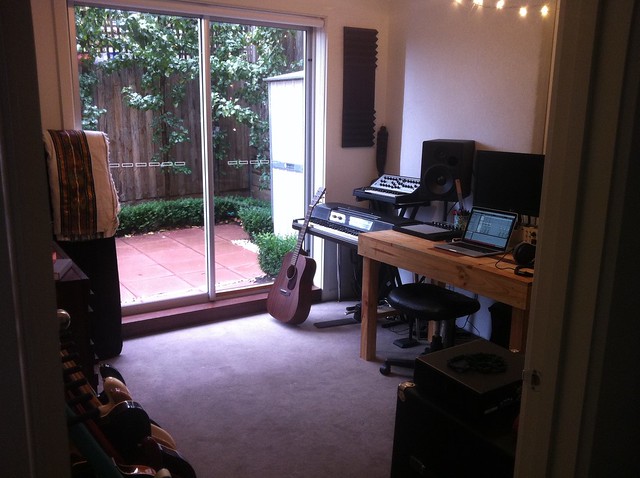
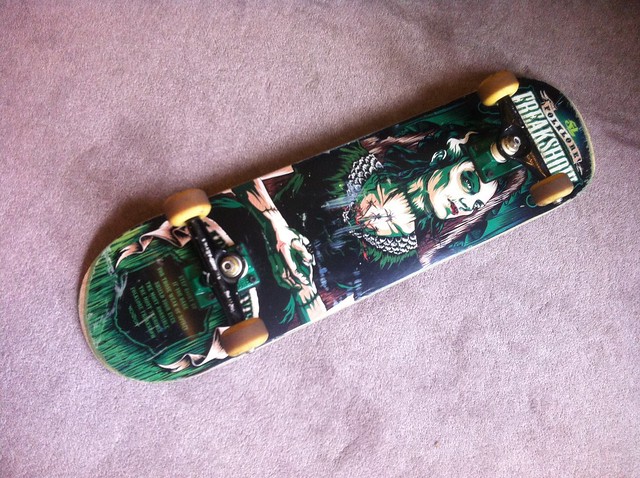
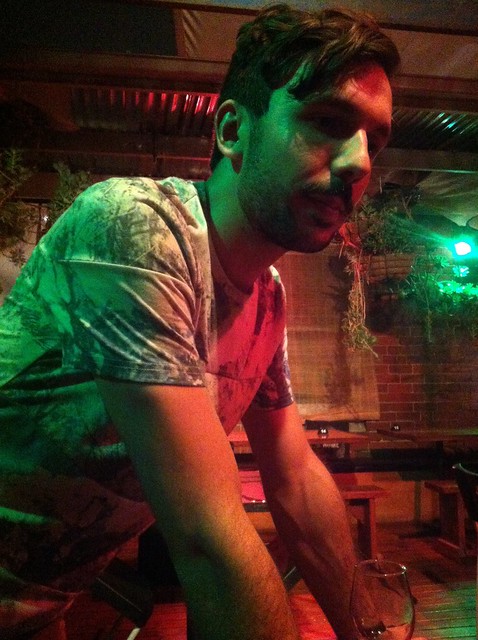
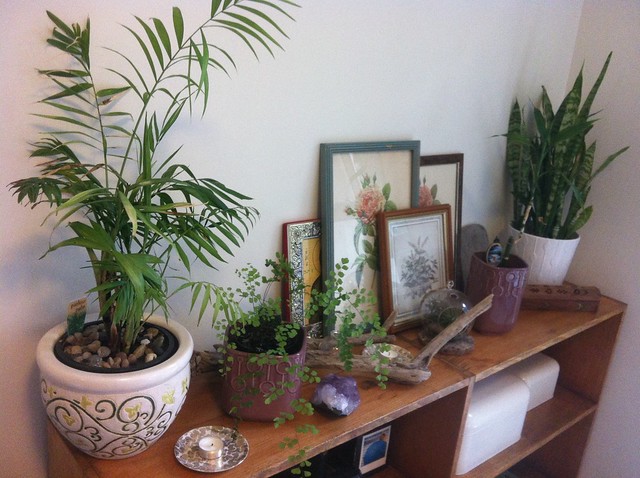
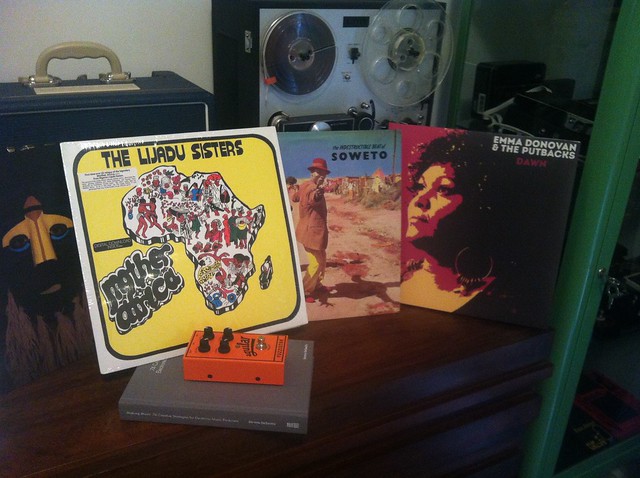
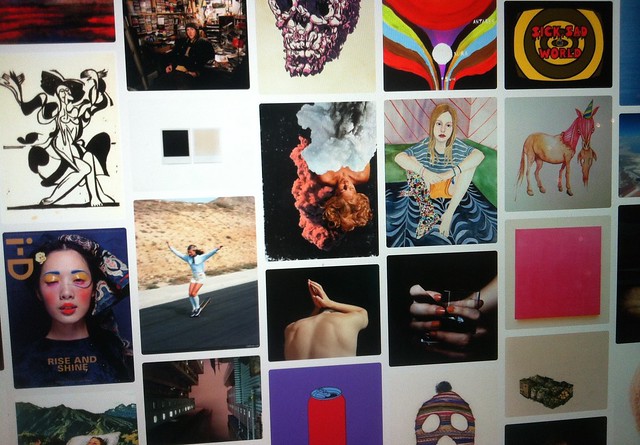
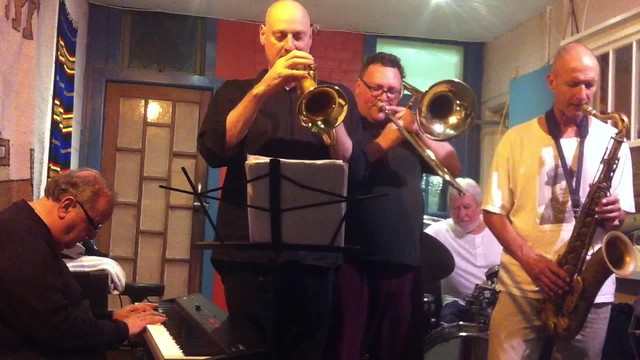








Recent Comments